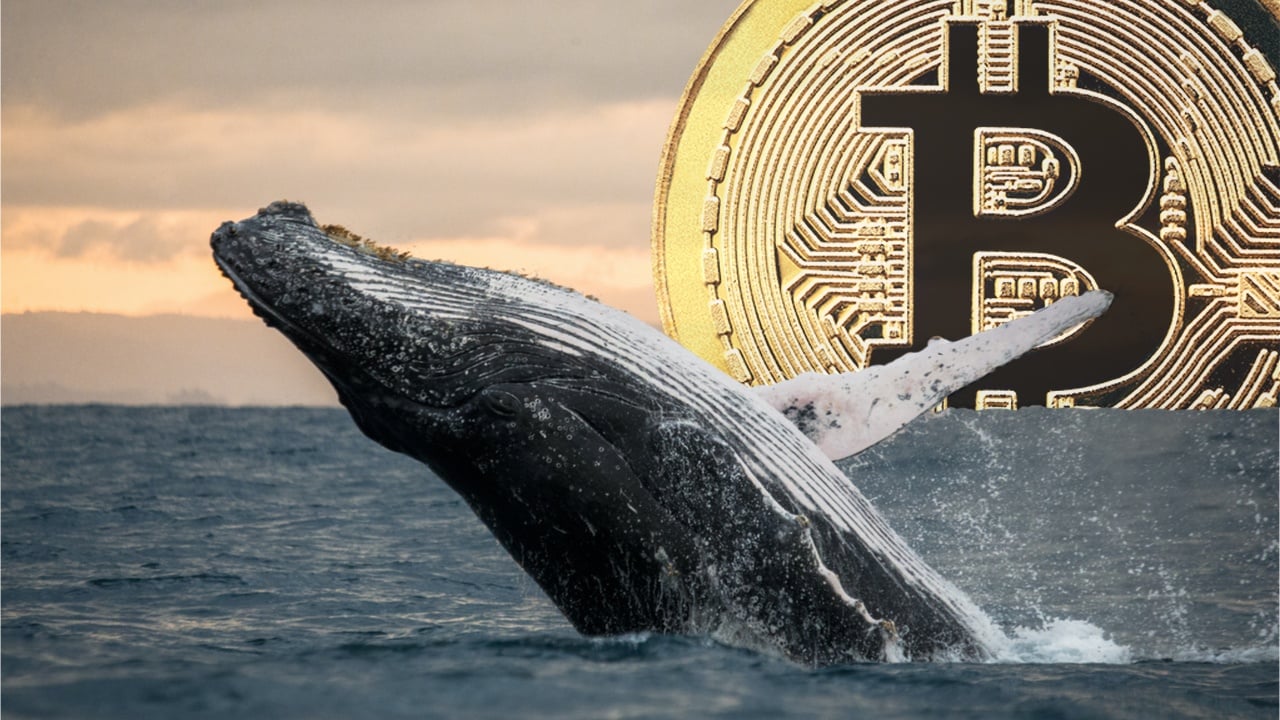Reviving the Dire Wolf: A Leap in De-Extinction Technology
Colossal Biosciences, a U.S.-based biotech firm specializing in de-extinction, has achieved a historic milestone by successfully reviving...


Colossal Biosciences, a U.S.-based biotech firm specializing in de-extinction, has achieved a historic milestone by successfully reviving the dire wolf (Aenocyon dirus), a species that went extinct approximately 12,500 years ago. Using advanced genetic engineering, the company announced the birth of three dire wolf pups—Romulus, Remus, and Khaleesi—marking what is being called the world's first true de-extinction event.
The Science Behind Dire Wolf Resurrection
Genome Reconstruction: Researchers used ancient DNA extracted from fossils—a 13,000-year-old tooth in Ohio and a 72,000-year-old skull fragment from Idaho—to reconstruct high-quality genomes. Gene Editing Process: Modern gray wolf DNA was edited to include 20 key genetic variants unique to dire wolves. These edits targeted traits such as body size, coat pigmentation (light-colored fur), jaw strength, and facial morphology. Cloning Technology: The process involved inserting edited DNA into denucleated gray wolf egg cells. These embryos were then implanted into surrogate dogs that successfully birthed healthy pups via caesarean sections.
Characteristics of the Revived Dire Wolves
The three pups exhibit signature traits of their ancestors: larger bodies (up to 140 pounds in adulthood), powerful jaws, and light-colored fur. However, behaviorally they differ due to lack of exposure to ancestral survival techniques like hunting large prey. The wolves are housed in a secure 2,000-acre facility with advanced monitoring systems and full-time animal care teams certified by regulatory bodies like the American Humane Society.
Implications of De-Extinction
Conservation Potential
Colossal’s technology is not limited to extinct species; it also aims to bolster biodiversity among endangered animals. For example, cloned red wolves were produced using similar methods to increase genetic diversity within critically endangered populations in captivity. Genetic editing techniques are being adapted for species like pink pigeons and northern white rhinos to prevent extinction through germline modifications.
Advocates highlight how reintroducing extinct or endangered keystone species could restore ecosystems. For instance, gray wolves reintroduced into Yellowstone National Park balanced elk populations and revitalized vegetation growth. Similarly, mammoths are proposed for Arctic reintroduction to slow permafrost melting by reshaping tundra ecosystems.
Ethical Considerations
Critics argue that releasing de-extinct animals into modern ecosystems could disrupt existing ecological balances. There is skepticism about whether these creatures can fulfill their original ecological roles or if they will remain confined as scientific curiosities or zoo exhibits.
Technological Milestones & Future Plans
The dire wolf project showcases advancements in synthetic biology: Techniques include deep genome sequencing, multiplex gene editing (targeting multiple genes simultaneously), and cloning innovations. These technologies have broader applications in medicine (e.g., cancer resistance research) and environmental sustainability (e.g., carbon capture projects). Colossal’s ambitious pipeline includes reviving other extinct species such as woolly mammoths (expected by 2028), dodos, and Tasmanian tigers while applying their methods for endangered species conservation globally. The company has raised over $435 million in private funding with plans for commercialization through spin-offs focused on biotechnology applications like plastic degradation solutions and computational biology platforms.
Cultural Significance & Public Reaction
The dire wolf's revival has captured public imagination due to its association with pop culture phenomena like Game of Thrones. This connection has helped generate widespread media attention and enthusiasm for de-extinction science.
Challenges & Controversies
Some scientists remain cautious about the long-term ecological impact of de-extinct organisms: Biologists emphasize that physical resemblance alone does not guarantee functional restoration within ecosystems. Funding allocation debates persist: Critics question whether resources spent on reviving extinct species could be better directed toward conserving currently threatened wildlife at scale (e.g., protecting thousands of endangered species instead of focusing on symbolic projects). Ethical dilemmas arise concerning human intervention in natural extinction processes—a debate between rectifying past harm versus playing "God" with nature.
The successful de-extinction of dire wolves represents both a groundbreaking achievement in synthetic biology and a contentious topic within conservation ethics. While it highlights humanity's growing ability to manipulate life at unprecedented levels, it also raises profound questions about our role as stewards of Earth’s biodiversity moving forward.



























































































































































































![How to Find Low-Competition Keywords with Semrush [Super Easy]](https://static.semrush.com/blog/uploads/media/73/62/7362f16fb9e460b6d58ccc09b4a048b6/how-to-find-low-competition-keywords-sm.png)



